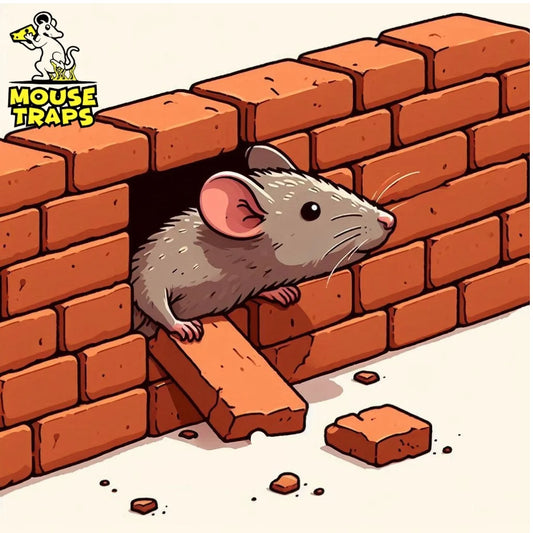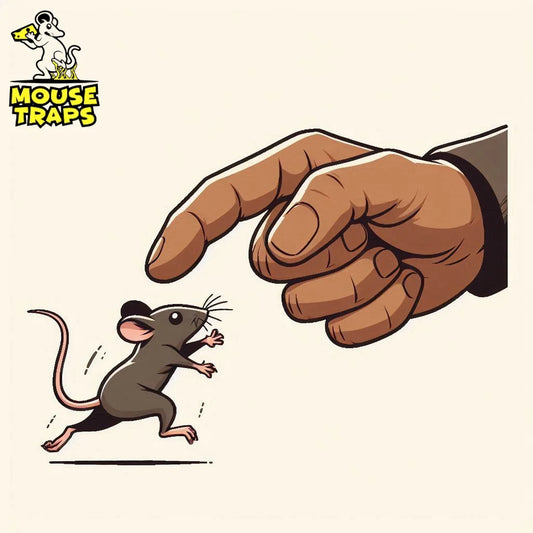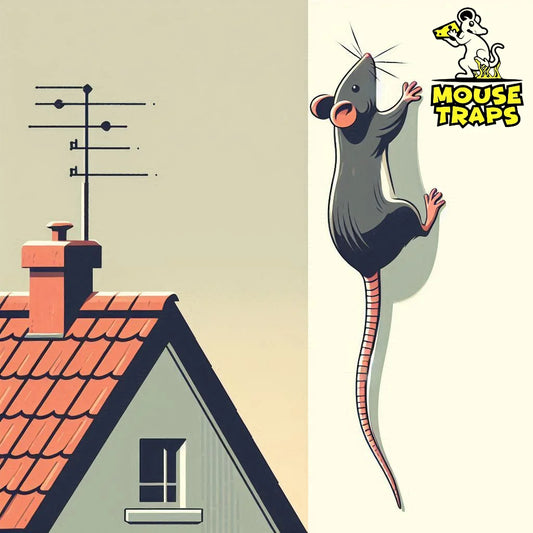Introduction:
When we appreciate the artistry of sculptures and installations we occasionally encounter an issue; rats that harm these splendid creations. Unwanted visitors can chew, scrape materials leaving damage. To address this problem people have considered using mouse traps as a solution. In this blog post we'll explore how effective mouse traps are, in controlling rodents that harm sculptures and art installations.
Understanding the Rats Threatening Art
The Impact of Rodents on Outdoor Art:
Outdoor sculptures and art installations are remarkable works of human creativity that captivate us with their elegance and meaning. However, rats can quickly transform these masterpieces into deteriorating structures. Their incessant gnawing can damage wooden sculptures, corrode metal elements, and render fragile materials irreparably ruined. Understanding the gravity of this issue is crucial in finding effective solutions.

Rat Behavior and Habits:
Before delving into the effectiveness of mouse traps as a solution it's crucial to grasp the essence of the issue at hand. Rats exhibit levels of intelligence and adaptability. Their constant need to gnaw on objects is driven by their growing teeth, which they must keep in check. The combination of rat behavior and their rapid breeding rate poses a challenge, to preserving artwork.

The Effectiveness of Mouse Traps:
Does Size Matter?
When considering the use of mouse traps to tackle rat infestations near art installations, we must address the concern of size discrepancy between the traps and the pests. Mouse traps are specifically designed for mice, which are significantly smaller than rats. However, certain larger, high-capacity traps, such as rat snap traps or electronic traps, may still be effective in capturing rats.

Snap Traps: A Viable Option
Snap traps have long been used as a method of rodent control, and they can certainly be effective in reducing rat populations near sculptures and art installations. These traps work by killing rats instantly when they trigger the device. Placing them strategically around the affected area, with tempting bait, can help capture and eliminate these pests.
Electronic Traps: A Modern Solution
Modern technology has also paved the way for electronic traps. These gadgets utilize sensors to identify when a rat's nearby administering an electric shock to the unwanted visitor. Electronic traps are secure, fast and efficient providing a substitute, for traps. Yet it's important, to position and upkeep these traps to ensure they work at their best.
Considering Alternatives:
While mouse traps can undoubtedly contribute to mitigating rat damage, it is important to explore alternative methods to provide a comprehensive solution. Here are a few additional approaches to consider:
Ultrasonic Repellents:
Ultrasonic devices emit high-frequency sound waves that are thought to repel rodents. Although these gadgets have become popular there is still discussion, about how they work in keeping rats away. Studies and feedback from users differ, suggesting that using repellents, alongside methods might be needed for best outcomes.

Rat-Proofing Techniques:
Preventing rats from accessing outdoor sculptures and art installations is a proactive approach worth considering. Strategies to prevent rats include removing food sources and sealing off entryways. Building fences, setting up barriers and incorporating features that discourage rats can all play a role, in maintaining rat populations over time.

Expert Opinions and Real-Life Examples:
Insights from Pest Control Specialists:
According to Darren Greenfield, a renowned pest control specialist, "While mouse traps can be useful in capturing rats, they shouldn't be solely relied upon for complete eradication. Combining trapping methods with rodent-proofing strategies delivers more effective and lasting results."

Manchester's Sculpture Garden Success Story:
In Manchester, the city's sculpture garden faced a daunting rat problem that threatened the art installations. By using traps, electronic traps, rat proofing methods and consistent monitoring the garden managed to restore the integrity of its sculptures and prevent any rat infestations.
FAQs:
Conclusion:
Preserving outdoor sculptures and art installations, from rat related harm involves using a variety of methods. Although tools like traps or electronic traps can help control rat numbers it's important to combine them with strategies for keeping rodents out and consistently checking on the situation. Working together with pest control experts and following regulations is key, to safeguarding these artworks effectively. Lets keep in mind that safeguarding our legacy is a duty we all have in common.




